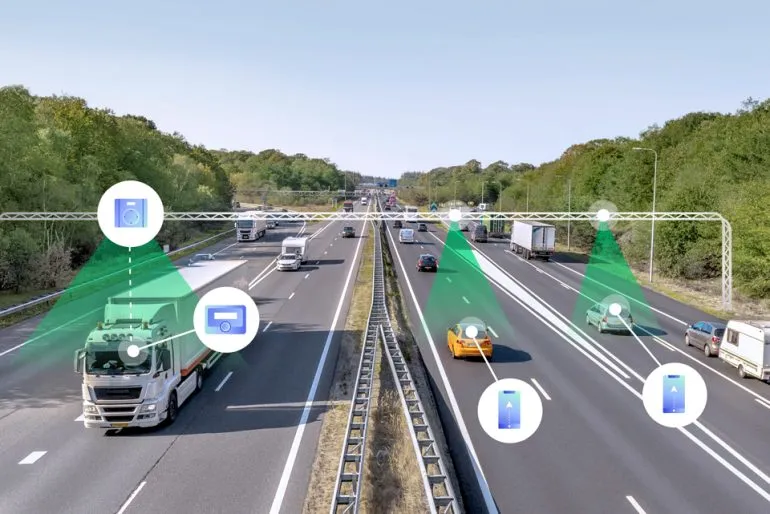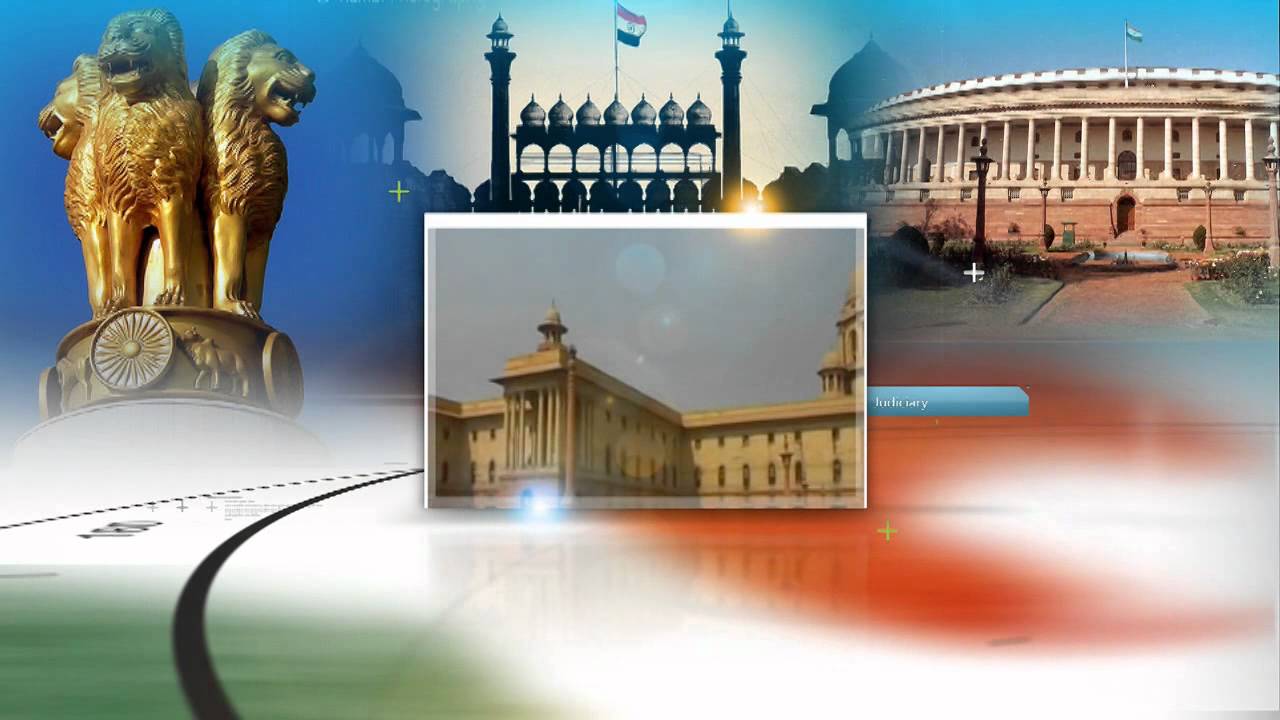Font size:
Print
World Day of Social Justice
Introduction:
World Day of Social Justice (February 20) emphasises the global need for equality, human rights, and inclusive development. Recognised by the United Nations (UN), it promotes dignified livelihoods, social cohesion, and equitable opportunities.
- Theme for 2024: “Bridging Gaps, Building Alliances—focuses on partnerships for social justice.”
Constitutional and Legal Framework for Social Justice
- The Preamble of the Indian Constitution ensures justice—social, economic, and political.
- Fundamental Rights (Part III): Right to Equality (Article 14-18), Right to Life and Dignity (Article 21).
- Directive Principles of State Policy (DPSP) (Part IV): Promote welfare state, social security, and equal opportunities.
- Reservations and Affirmative Action: Ensuring representation for Scheduled Castes (SCs), Scheduled Tribes (STs), and Other Backward Classes (OBCs).
Government Initiatives Promoting Social Justice
- For Scheduled Castes (SCs) and Scheduled Tribes (STs)
- Scheduled Castes Sub Plan (SCSP) & Tribal Sub Plan (TSP): Dedicated budgetary allocations.
- National Commission for SCs & STs: Safeguarding rights and grievances redressal.
- Scholarship schemes: Post-Matric and Pre-Matric scholarships for education.
- For Women and Gender Equality
- Beti Bachao Beti Padhao (BBBP): Addressing declining sex ratio and promoting girl child education.
- One-Stop Centres & Nirbhaya Fund: Support for women affected by violence.
- Women’s Reservation Bill (2023): 33% reservation in legislatures.
- For Persons with Disabilities (PwDs)
- Rights of Persons with Disabilities Act, 2016: Expands disability categories and provides reservation in education and employment.
- Accessible India Campaign (Sugamya Bharat Abhiyan): Making public infrastructure inclusive.
- Divyangjan Empowerment Schemes: Financial support and skill development.
- For Senior Citizens and Marginalised Groups
-
- National Policy for Older Persons: Welfare measures for the aged.
- Indira Gandhi National Old Age Pension Scheme (IGNOAPS): Direct benefit transfer.
- Schemes for Transgender Persons: Protection and employment opportunities.
Key Government Initiatives for Social Justice
Pradhan Mantri Anusuchit Jaati Abhyuday Yojana (PM-AJAY)
- Launched in 2021-22.
- Merges three schemes for SC community development.
- Components: Adarsh Gram development, Grants-in-Aid, and Hostel Construction.
- 5,051 villages declared Adarsh Gram, 3,05,842 beneficiaries impacted.
Scheme for Residential Education for Students in High Schools in Targeted Areas (SRESHTA)
- Addresses educational gaps in SC-dominated areas.
- Provides financial support for residential schooling.
- Ensures access to quality education till Class 12.
Purple Fests – Festival of Inclusion
- Organised by the Department of Empowerment of Persons with Disabilities (DEPwD) since 2023.
- Focus on accessibility, dignity, and equal opportunities.
- India Neurodiversity Platform launched with Tata Power Community Development Trust.
- 25 job fairs planned nationwide for Persons with Disabilities (PwDs).
National Action for Mechanised Sanitation Ecosystem (NAMASTE)
- Launched in FY 2023-24.
- Joint initiative of MoSJE and MoHUA.
- Aims for safety, dignity, and sustainable livelihoods for sanitation workers.
- Integrates rehabilitation of manual scavengers and waste pickers.
Support for Marginalised Individuals for Livelihood & Enterprise (SMILE)
- Focuses on transgender persons and individuals engaged in begging.
- Launched for Bhiksha Vritti Mukt Bharat (Begging-free India).
- Active in 81 cities; 970 individuals rehabilitated.
PM-DAKSH Yojana
- Launched on 7th August 2021.
- Focus on skill training for SCs, OBCs, EBCs, DNTs, and Safai Karamcharis.
- Budget: ₹450.25 crore (2021-26).
- Ensures 70% placement through NSQF-aligned training.
Nasha Mukt Bharat Abhiyan (NMBA)
- Launched on 15th August 2020.
- Targets 272 high-risk districts.
- Covers 13.57 crore people, including 4.42 crore youth and 2.71 crore women.
- Three-pronged approach:
- Curbing supply (NCB)
- Awareness & demand reduction (MoSJE)
- Treatment & rehabilitation (Health Department)
Economic and Livelihood-Based Social Justice
- Mahatma Gandhi National Rural Employment Guarantee Act (MGNREGA): 100 days of guaranteed wage employment.
- Skill India & Stand-Up India: Enhancing employment opportunities for marginalised groups.
- Microfinance & SHGs (Self-Help Groups): Empowering women and weaker sections.
- Corporate Social Responsibility (CSR): Mandated contributions to social justice initiatives.
Education and Health: Pillars of Social Justice
- Educational Reforms for Inclusion
- Right to Education (RTE) Act, 2009: Free and compulsory education.
- NEP 2020: Emphasis on equity, inclusion, and flexible learning.
- Mid-Day Meal Scheme & PM POSHAN: Nutritional support for children.
- Healthcare for Social Justice
- Ayushman Bharat (PM-JAY): Largest health insurance scheme for the poor.
- Jan Aushadhi Yojana: Affordable medicines through generic drug stores.
- Mission Indradhanush: Universal immunisation for children and pregnant women.
Challenges to Achieving Social Justice
- Persistent Inequality: Gender, caste, and economic disparities.
- Implementation Gaps: Leakages in welfare programs, bureaucratic inefficiency.
- Social Discrimination: Deep-rooted prejudices hindering progress.
- Economic Constraints: Budgetary limitations in social sector spending.
- Digital Divide: Unequal access to technology and digital education.
Way Forward
- Policy Reforms: Strengthening legal frameworks and affirmative actions.
- Public-Private Partnerships (PPP): Corporate sector involvement in social development.
- Community Participation: Involvement of local bodies and civil society.
- Technology for Inclusion: Digital empowerment and e-governance.
- Holistic Development Approach: Integrating education, health, and livelihood strategies.


